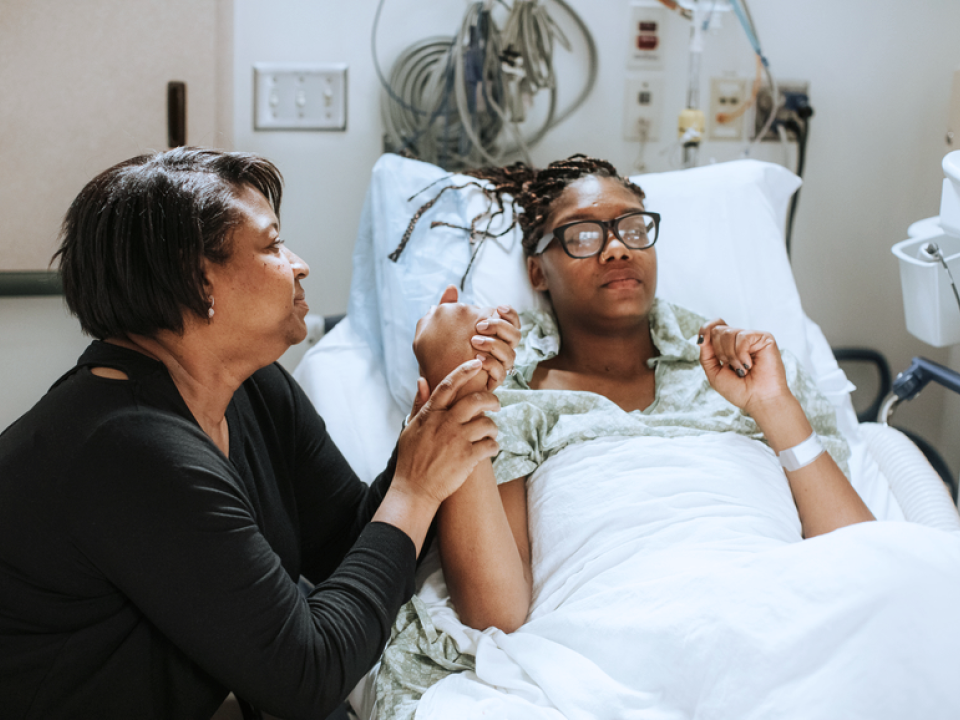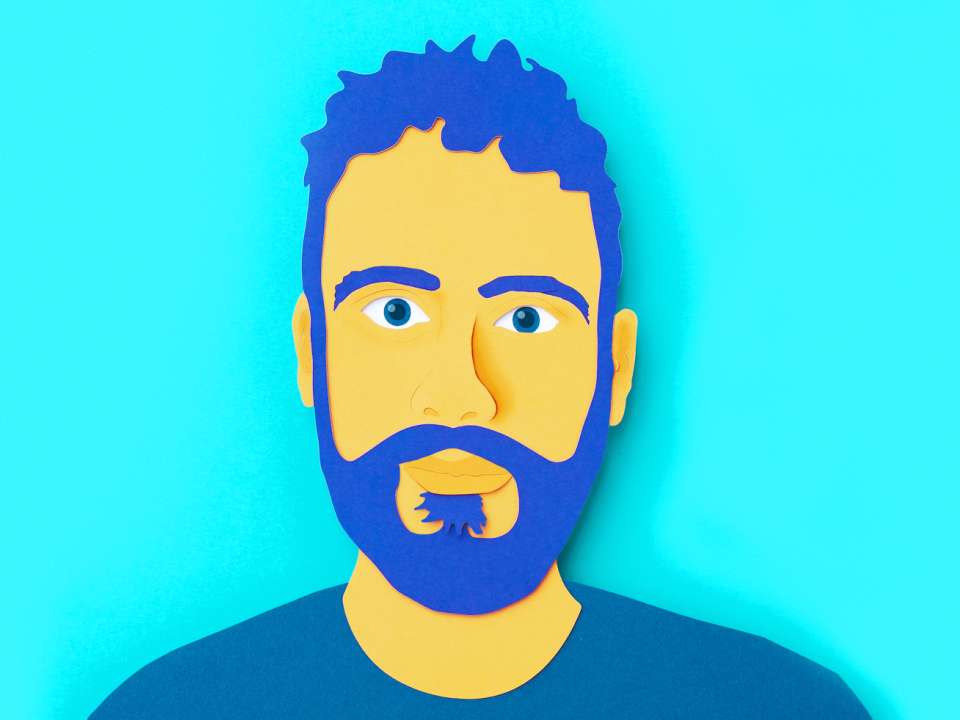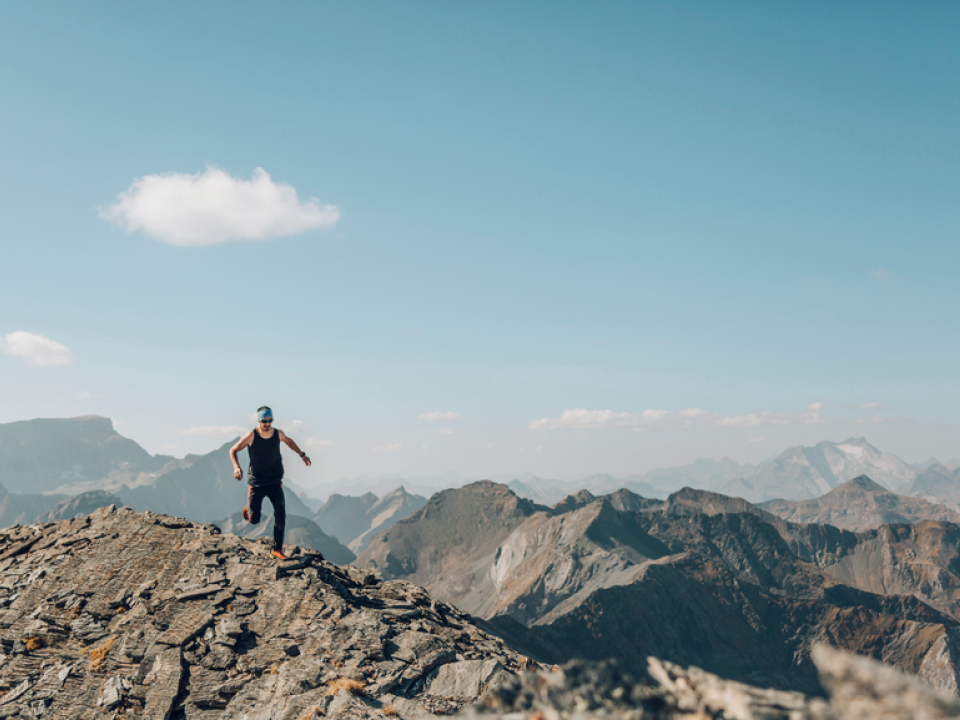These 3 Natural Disasters Could Hit the PNW. Are You Prepared?

If you’ve moved to the Seattle area in the last decade or two, you might know it’s earthquake territory but haven’t experienced one. You might admire Mount Rainier’s beauty without realizing it’s an active volcano. When visiting the coast, you might see the tsunami evacuation zone signs and wonder, What’s that about?
Though earthquakes, tsunamis and volcanoes might seem abstract, the Pacific Northwest is one of the world’s most geologically active places, and the threat of these disasters is real. It’s critical to understand your risks and be prepared.
Earthquakes
It’s been almost 10 years since a viral story in the New Yorker magazine alerted people to how devastating a magnitude 9 earthquake — “the Really Big One” — would be for Western Washington and Oregon.
The Really Big One describes how a magnitude 9 earthquake along the 620-mile-long fault in the Cascadia Subduction Zone could potentially be among the most devastating natural disasters ever in North America. More than 7 million people would be affected, and recovery could take decades.
“We have the potential for an earthquake on the same scale as the largest ones that the planet’s ever seen,” says Harold Tobin, a professor of seismology and geohazards in the UW Department of Earth and Space Sciences, as well as the director of the Pacific Northwest Seismic Network.
And guess what? We have two other sources of seismic danger here: deep earthquakes, like the 6.8-magnitude Nisqually event that shook Western Washington in 2001, and shallow ones on faults closer to the earth’s surface that can generate even stronger tremors. The latter could be even more destructive than the Really Big One, especially if it happens on the Seattle fault, which runs right through the heart of the city and lies only a few miles under the earth’s surface. It would be especially devastating for anything built on top of weak or saturated soil.
“Seattle has a high potential for damage from what we call liquefaction, which is where earthquake waves cause the ground to kind of turn to soup,” says Tobin.
If you find this alarming, keep this in mind: the likelihood of the Really Big One is still pretty low. Tobin says experts believe the probability of it happening in the next 50 years is around 15%. The likelihood of a Seattle fault earthquake is even lower.
The highest-probability scenario is another event like the Nisqually earthquake, which happened deep inside the subducted Juan de Fuca plate beneath Western Washington. It caused significant damage and injured hundreds of people but was not catastrophic in the way the Really Big One or an earthquake on the Seattle fault would be.
Tsunamis
If you live near the Washington or Oregon Coast, a Cascadia Subduction Zone earthquake will be a precursor to a much more catastrophic disaster: a tsunami. The wall of water created by a magnitude 9 earthquake would take out everything in its path.
“If you’re on the Pacific Coast, then the tsunami looms large as the biggest hazard because it can and will inundate coastal communities with 40 or more feet of water,” says Tobin.
If you live along Puget Sound, the risk of a tsunami from the Really Big One is much smaller.
“It has to travel up straits, past all of the Olympic Peninsula, right down through into the Sound, and by that time, it dissipates,” says Tobin. “It’ll probably express as really strong currents of water rushing in over an hour and then rushing back out as if the tide suddenly became extremely fast.”
People in houseboats or working in shipyards on Elliott Bay could be affected, but they would have hours of warning to get to high ground. An earthquake along the Seattle fault would be another story — everywhere along Elliot Bay and up and down the Puget Sound would be at risk for a sudden tsunami.
“You need to know if you’re in an inundation zone, and you have to recognize that long and strong shaking means that it’s not just an earthquake,” says Mike Lindell, an affiliate professor of urban design and planning at UW. “You need to get to high ground before you can see the water.”
Volcanoes
You might enjoy the views of Washington and Oregon’s famous snow-capped peaks, from Mount Baker and Mount Rainier down to Mount Hood. But they are active volcanoes and, like Mount Saint Helens in 1980, could erupt with plumes of ash and mud flows, called lahars.
Lahars form after volcanic eruptions when hot gasses melt ice and snow, which combine with volcanic debris to form what are essentially rivers of concrete that can travel dozens of miles downhill. A lahar could move down the mountain and along its river valleys for dozens of miles at speeds of up to 50 miles per hour, destroying any properties in its way and the people in them. Mount Rainier, in particular, poses a major lahar threat due to its abundant snow and ice and proximity to towns and cities.
The good news? Scientists would pick up on small earthquakes and increased temperatures and gas emissions days or weeks before Mount Rainier or any of the other Pacific Northwest volcanoes erupted. Emergency management officials could then warn residents much further in advance than for an earthquake or tsunami. The problem is that, according to Lindell, a lot of people don’t even know it’s a risk where they live, so they aren’t prepared for what to do if they get such a warning.
How to prepare for the worst
So, how should you prepare for these unpredictable natural disasters? Some basic principles apply to all three.
Learn about where you live
First and foremost, educate yourself about where you live — or where you’re thinking about moving. Is it in a tsunami inundation zone? Is it in the path of a potential lahar? Is it in a liquefaction zone?
Local and state government websites have easy-to-find maps of all of these hazard zones. If you’re thinking about buying or renting a house or apartment in one of these areas, consider the risks — it might even be worth looking elsewhere. If you already live in a tsunami or lahar zone, learn evacuation routes well.
In the event of an earthquake, think through how you would get home from work if bridges and overpasses collapsed. Plan alternative routes and meeting places to rendezvous with loved ones in case you’re not together when the shaking starts. Know where the nearest emergency services will be: If you don’t live near a hospital, a fire station can provide medical care during a natural disaster.
“In a situation where communities are cut off from medical access, the local fire department can become one of the hubs of the community and really function as a medical center that can get things done,” says Andrew McCoy, an emergency medicine physician at Harborview Medical Center.
Finally, see if your neighborhood has a Community Emergency Hub, a designated place, like a P-Patch or community center, for people to gather, pool resources and get first aid after a natural disaster. Seattle has 135 throughout the city.
Protect your house
If your home is in the path of a tsunami or lahar, there is not much hope for it. It’s going to be destroyed. During an earthquake, however, there is a good chance your house will survive.
“I think people got the impression from the time of that New Yorker article that everything was going to fall down, there would be complete destruction,” says Tobin. “It’s not what we see in earthquakes around the world.”
Some structures are particularly vulnerable to collapse, like buildings made of brick or concrete that aren’t sufficiently reinforced. But most one- or two-story wood frame houses common to Seattle will likely withstand even a magnitude 9 earthquake. And having shelter in the days and weeks after the earthquake will be crucial.
The best thing you can do to ensure the survival of your house, if you own it and it’s feasible, is to seismically retrofit it. If you rent, ask your landlord what your house or building is made of and if it has been retrofitted or if they’d be willing to get it done. If they won’t provide you with this information, maybe it’s worth looking for a new place at the end of your lease.
“The biggest problems for a house like mine are if it’s not bolted into the foundation, it’s likely to slide off,” says Lindell, who lives in a 1926 wood-framed house. “So do like I did and have a contractor bolt the house to its foundation. In addition, the chimney’s likely to collapse, but that is a much smaller problem.”
It’s not just the resulting structural damage you need to worry about, but the house sliding could also sever gas and electrical lines, causing a fire.
Speaking of, make sure you know where your gas shut-off valve is and how to turn it off in case you smell or hear gas after an earthquake. Know where your water shut-off is, too, as well as how to turn off the electricity on your main panel in case of flooding or broken wires.
Finally, whether you’re a renter or an owner, you can make sure large pieces of furniture, bookcases, heavy pieces of art, TVs, computer monitors, water heaters and large appliances are secured or strapped down. And make sure nothing heavy is hanging over your bed.
Be prepared for after the shaking
One positive that came from the Really Big One story, says Tobin, is that it motivated people to get emergency supplies ready.
“In a major event, we’re really going to need to be self-sufficient for the first few days, even up to a week,” says McCoy. “Emergency response will be limited, and resources will be stretched very, very thin.”
Tobin and Lindell shared some suggestions for how to prepare for the aftermath of an earthquake.
- Have a pair of sturdy shoes near your bed in case glass shatters and you need to walk over it to get out of your room.
- Remember you can drink clean water out of your hot water tank. Lindell also keeps a garbage can full of potable water in his basement, which is enough to last him days.
- Your toilet likely won’t have water to flush, and sewer lines might be broken. Buy a large bucket, a pool noodle for a seat, and some kitty litter for a makeshift loo.
- Have enough shelf-stable food for a few days at least — and up to two weeks if you want to be really prepared. If it’s within your budget, big box stores sell ready-made boxes of emergency food. For a more cost-effective method, buy an extra jar of spaghetti sauce or can of beans every time you do your weekly grocery run and put it in your emergency stash. Pretty soon, you will have enough to keep you full for days.
- Think about whether you will have a heating source for cooking if your utilities are shut off, whether it’s a propane camping stove or a grill in your backyard.
- If you camp or backpack, keep in mind the supplies you already have: first aid kits, sleeping bags, headlamps, backcountry stoves, etc.
If you’re in a tsunami or lahar zone, it’s most important to have a portable go bag — with first aid, medications, important documents and supplies for at least a few days — that you can easily grab on your way out of the door and that won’t be too heavy to carry to high ground.
Know how to stop, drop and hold on
Scientists have no way of predicting when an earthquake might happen, but Washington has an early warning system for earthquakes called ShakeAlert. The system uses sensors around the region to immediately send large earthquake alerts when shaking is detected, much like an AMBER alert. In the case of a Cascadia Subduction Zone earthquake, whose epicenter would be located dozens of miles off the coast, that would give people on land anywhere from 10 seconds to a minute to act.
“It’s enough time to duck, cover and hold on; take a scalpel out of someone’s chest if you’re a surgeon; get an elevator to open on the nearest floor so you’re not trapped for hours between floors,” says Lindell.
So if you get that sort of alert, or feel shaking, don’t freeze up:
- If you are indoors, drop to the ground so you don’t fall down and find cover under a table, desk or interior wall without windows, bookcases or heavy art. Hold onto a table leg or doorway if you can, and use your other arm to protect your head and neck. Don’t go outside until the shaking ends — including any aftershocks.
- If you are in bed, stay there and cover your head with your pillow.
- If you are outside, drop and crawl to an open area away from buildings, trees or telephone poles that could fall.
- If you are driving, find a safe place to pull over and park away from bridges, overpasses, buildings and power lines, and stay in your car.
Get involved in your community
After a natural disaster, you and your neighbors will need to rely on each other.
“Your local community becomes your only community,” says McCoy. “The people that are near you when these events happen are the people you turn to and rely on to be your support system and to be your help. Communities that are already tight will benefit from that.”
So don’t hesitate to start getting to know people in your neighborhood now. Introduce yourself to people on your block, join a neighborhood association, see if you have a local Resilience Hub, or even organize a block party.
Nicole Errett, an associate professor in the UW Department of Environmental and Occupational Health Sciences and the director of the Center for Disaster Resilient Communities, says it’s especially important to check in with neighbors who have a health condition, are older, or have young children.
“For example, folks might let their neighbor know they are working on their own emergency plan and offer to help develop or discuss theirs,” says Errett. “This could include helping them develop and make accessible a list of medications that can be referenced by first responders or that can be taken with them if they need to evacuate.”
Also, consider joining a Community Engagement Response Team, a group sponsored by a city or county that provides training for post-disaster first aid. If you already have emergency medicine skills, you could join your local medical reserve corps — the Seattle area, for example, has the King County Public Health Reserve Corps.
It’s easy to avoid thinking about a natural disaster that might not happen for decades. The best thing you can do, though, is be prepared.

 Healthy ideas for your inbox
Healthy ideas for your inbox





